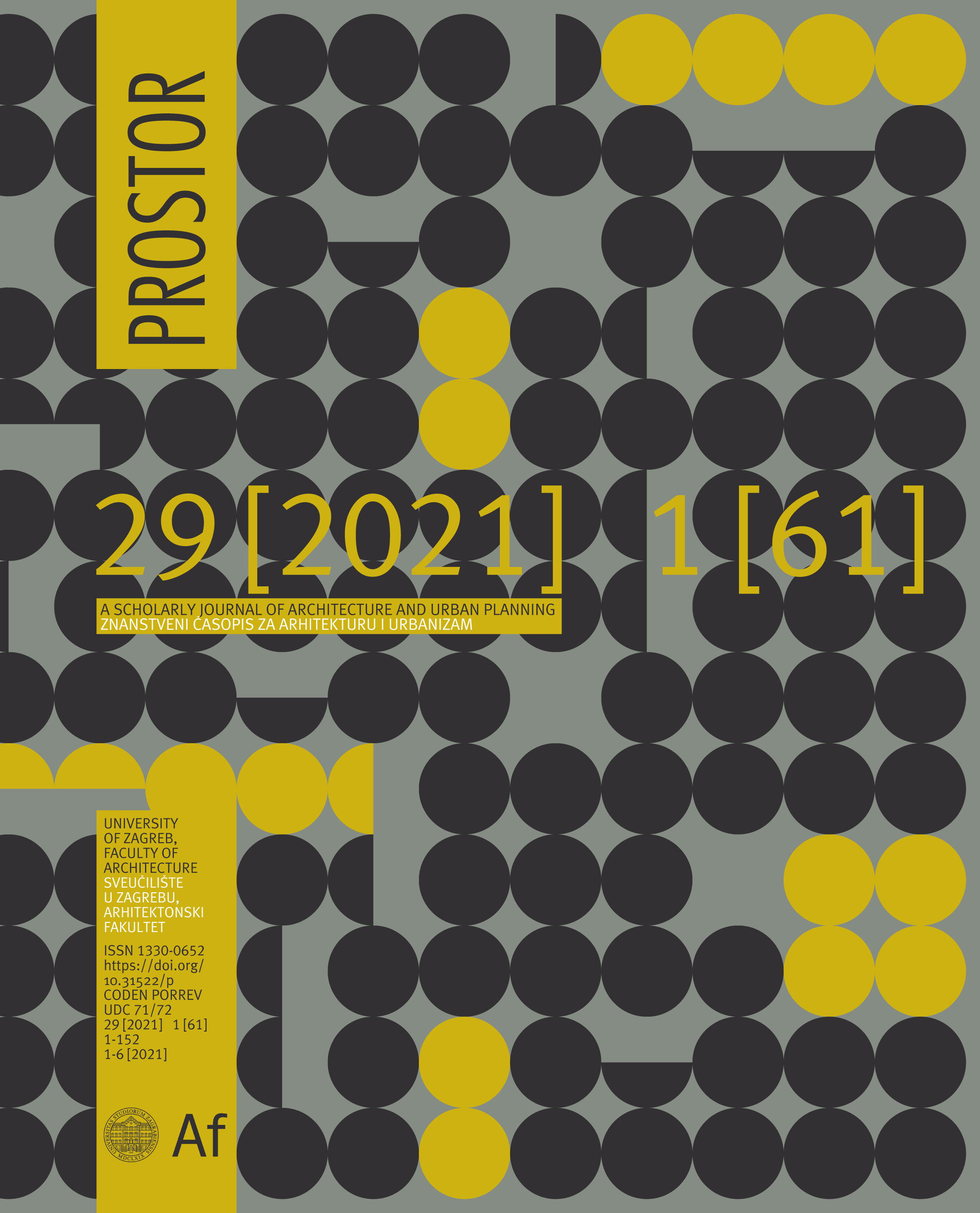Historical Development of Urban Green Infrastructure and Possibilities of its Implementation in the Republic of Croatia
DOI:
https://doi.org/10.31522/p.29.1(61).5Keywords:
urban green infrastructure, historical overview, implementation, urban landscape, sustainable spatial planningAbstract
Research has been motivated by a wide range of concepts of the term urban green infrastructure. As the aim was to indicate a clear basis for the term, an investigation of its development was a necessity, not only in the European, but also in a broader context. Although green infrastructure is included in the 21st century policies of protection and development of EU landscapes, its foundations can be traced back to the models of ideal Renaissance towns and urbanist concepts mainly from the 19th and 20th century. In these historical periods used concepts meant urban landscapes as systems, a part of the environment, as seen in green corridors, green belts, green wedges, green networks and through the perception of urban green systems. As a modern concept the urban green infrastructure has been upgraded with developed roles, extending functions, scopes and scales from previous historical models. In that sense it maintains its social role of improving the quality of life in towns, while at the same time defining town texture with its urban morphological significance. At the same time it also develops ecological values and extends its scale to nonurban local, regional and international contexts.
Despite its benefits, spatial planning documents in the Republic of Croatia still lack measures and actions which would recognise the true benefit of green infrastructure in spatial development.
Downloads
Published
How to Cite
Issue
Section
License
Copyright (c) 2021 Ines Hrdalo, Petra Pereković, Dora Tomić Reljić

This work is licensed under a Creative Commons Attribution 4.0 International License.
Copyright (c) 2021 authors and journal.
This work is licensed under a Creative Commons Attribution 4.0 International License.
Authors who publish with this journal agree to the following terms:
In agreeing this form, you certify that:
- You read the ethical codex of the PROSTOR available at journal web.
- You submitted work is your original work, and has not previously been published and does not include any form of plagiarism.
- You own copyright in the submitted work, and are therefore permitted to assign the licence to publish to PROSTOR.
- Your submitted work contains no violation of any existing copyright or other third party right or any material of an obscene, libellous or otherwise unlawful nature.
- You have obtained permission for and acknowledged the source of any illustrations, diagrams or other material included in the work of which you are not the copyright owner.
- You have taken due care to ensure the accuracy of the work, and that, to the best of your knowledge, there are no false statements made within it.
- All co-authors of this submitted work are aware of, and in agreement with, the terms of this licence and that the submitted manuscript has been approved by these authors.







